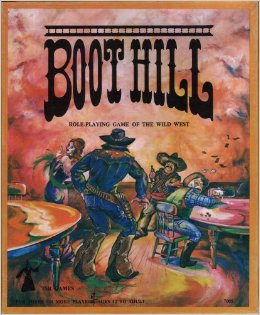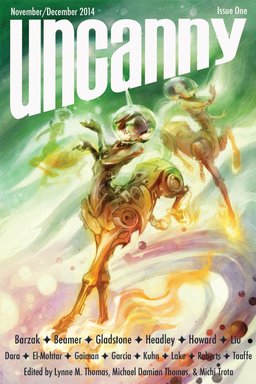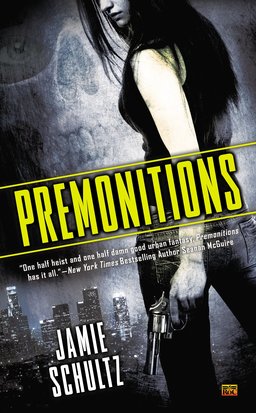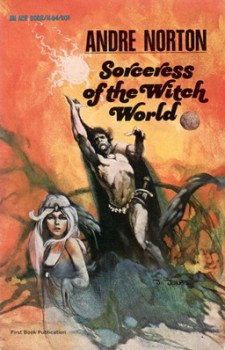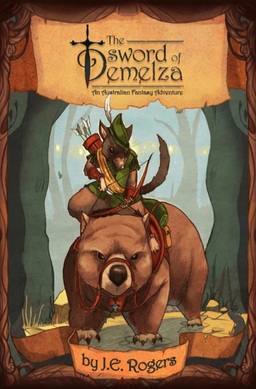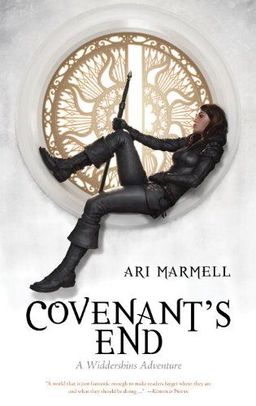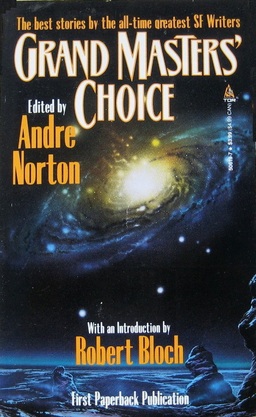The Ballantine Adult Fantasy Series: The Spawn of Cthulhu edited by Lin Carter
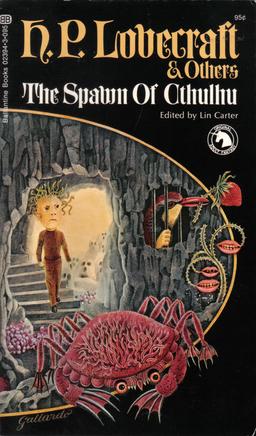 The Spawn of Cthulhu
The Spawn of Cthulhu
H. P. Lovecraft and Others
Lin Carter, ed.
Ballantine Books (274 pages, October 1971, $0.95)
Cover by Gervasio Gallardo
Lin Carter edited more than one anthology for the Ballantine Adult Fantasy series. Up until now, I’ve not discussed any of them. One reason is that where I am sequentially, there have only been two. The other reason is it’s easier to discuss a single novel than the contents of an anthology.
I’m going to break with that practice for this particular entry in the series. Carter has built a thematic Mythos anthology with The Spawn of Cthulhu. Taking references to the work of other writers referenced in Lovecraft’s short novel “The Whisperer in Darkness,” Carter then proceeds to include either the story referenced or other stories written about the Old Ones mentioned.
I’m going to include some mild spoilers in this post. If that is of concern to you, then let this paragraph serve as your warning. The discussion will start after on the other side of the Read More link just below.
Let’s start with “The Whisperer in Darkness,” shall we? It’s 85 pages long, by far the lengthiest story in the book. The story concerns a folklorist at Arkham University named Wilmarth who is writing a series of newspaper articles debunking sightings of strange bodies seen in swollen rivers and creeks after a particularly bad storm in Vermont. The articles generate some lively discussion in the paper, and are eventually reprinted in Vermont papers.

